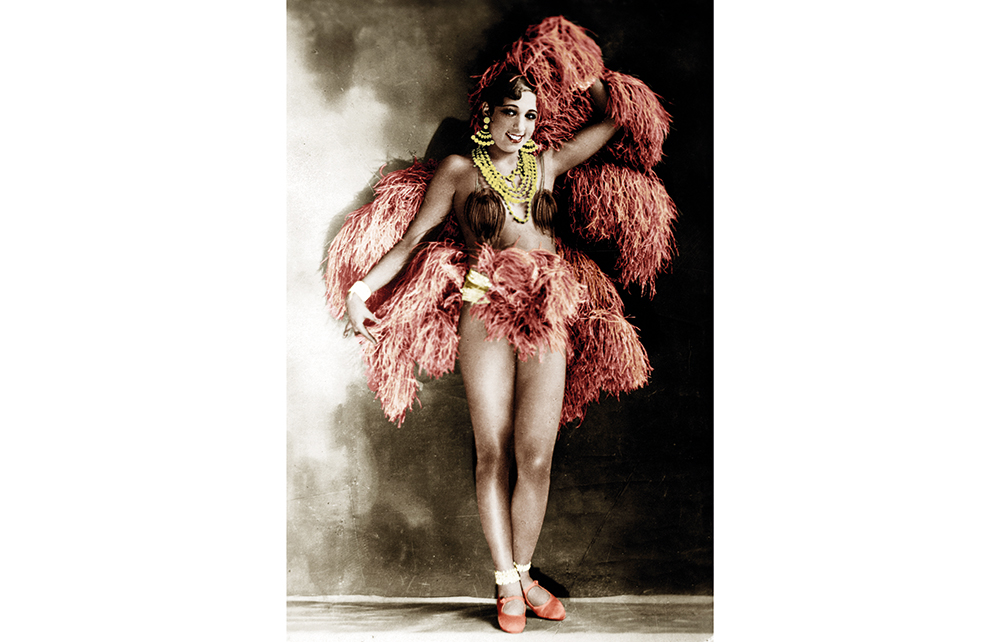The 1930s saw Walter Benjamin write The Work of Art in the Age of Mechanical Reproduction, Marlene Dietrich rise to fame in The Blue Angel and Pablo Picasso paint ‘Guernica’. If history books mention these events, it’s usually as footnotes to the main European narrative of the pre-war decade. To shift the rise of Nazism, the Spanish Civil War, the Great Terror and other landmarks to the background, one could turn to the cultural history, or the micro-history.
In his new book, the German art historian Florian Illies combines both genres to reconstruct the 1930s. Snippets from period documents, including private letters and diaries of notable figures of European and American culture, are distilled into short (between a couple of lines and a few paragraphs) episodes. Illies previously used the technique in 1913:The Year Before the Storm. Here, the focus is less on news coverage and more on personal feelings and reflections. It takes a skilful hand to arrange these vignettes into a dramatic image of the world slipping into catastrophe.
At the turn of the decade, Berlin, Paris, Vienna and New York are hives of modernity. ‘Women don’t need men anymore’, neither sexually nor economically; yet when Gunta Stölzl finally manages to break through the glass ceiling at the Bauhaus, her appointment as the head of its textile workshop in Dessau doesn’t last. Germany (the main setting, for obvious reasons) has a vibrant gay culture, though not everyone is ready for it. Klaus Mann, for instance, knows that ‘his open homosexuality is a constant embarrassment to his father,’ Thomas Mann, who ‘has spent his whole life so artfully repressing his own’. The author of Death in Venice will soon be denounced as a ‘Marxist, pacifist, Jew-miscegenated thinker’. But for now at least some of the book’s protagonists are having the time of their lives. They fall in and out of love, sometimes oblivious to the looming threat of war, sometimes acutely aware of it.
A few dozen historical characters – from little-known names to prominent personalities such as Jean-Paul Sartre and Simone de Beauvoir – appear and reappear in chronologically organised threads. As we move through the book’s three parts, ‘Before’, ‘1933’ and ‘After’, the atmosphere gradually darkens, although warning signs are there from the start. During Josephine Baker’s 1929 European tour, ‘conservative and religious groups close ranks against’ the black dancer, and a German newspaper ‘brands her a “half-ape”’. Anti-Semitism is rife, and not just in reactionary circles. When the Nazi regime is established in 1933, Hannah Arendt realises that even some of her friends support it, and learns that her former teacher and lover Martin Heidegger salutes ‘the grandeur and honour of this national awakening’. That year she leaves Germany for good.
People fall in and out of love, sometimes oblivious to the threat of war, sometimes acutely aware of it
Another Jewish intellectual forced to flee is Magnus Hirschfeld, the founder of the Institute for Sexual Science. In 1929, when not writing a ‘book about sexual stimulants that is 400 pages long and contains 100 detailed and instructive illustrations’, he can be found in Berlin’s most popular gay bar, where, as reported by Christopher Isherwood, he is known as ‘Auntie Magnesia’. In 1933, exiled in Paris, Hirschfeld, accompanied by his two lovers, watches a newsreel showing his institute being destroyed by a Nazi mob. Two years later he dies a ‘broken man’, a fate awaiting many escapees. As Stefan Zweig puts it: ‘We in exile will not grow old.’
This erudite history covers much ground, despite the limitations imposed by its premise. Love is not the only thing that makes the world go round, even when its manifestations qualify as ‘one of the 20th century’s strangest’ or ‘one of the most vexing’ love stories. Still, intimate relationships make for great material, now blending into, now contrasting with, the storm clouds on the horizon. Besides, much of the action unfolds beyond the bedroom, first in art studios and on film sets, then in army barracks and internment camps. The emphasis on romance may have narrowed the scope of Illies’s study, but his research is based on a reassuringly extensive bibliography, and he knows how to weave his sources into a free-flowing narrative, occasionally adorning it with quips in the spirit of ‘great minds feel alike’.
Illies reads his protagonists’ feelings, love included, like a social barometer. Some of the predictions they make are truly perceptive. When Curzio Malaparte, writing in 1931, calls Hitler a future ‘accidental dictator’ and ‘the woman Germany deserves’, his theory is dismissed as insane. In fact it is a perfectly convincing Freudian interpretation of that historical moment. Sigmund Freud wasn’t famous for his romantic exploits, but the book does offer one observation from him: ‘Sexuality is one of the most dangerous pursuits in which an individual can engage.’ Written at a time when private passions were dissolving in mass madness, these words open a crucial perspective on ‘those blazing years before everything goes dark’.






Comments